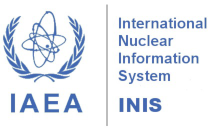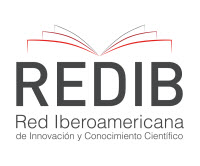Make a Submission
Commitments
Browse
Brazilian Journal of Radiation Sciences - ISSN 2319-0612
Maintained by ![]() Brazilian Radiation Protection Society (Sociedade Brasileira de Proteção Radiológica - SBPR https://ror.org/01brr522), a scientific society affiliated to the Brazilian Association of Scientific Editors (ABEC). and to the Brazilian Society for the Advancement of Science (Sociedade Brasileira para o Progresso da Ciência − SBPC), a organization that focuses on defending scientific and technological advancement, as well as educational and cultural development in Brazil.
Brazilian Radiation Protection Society (Sociedade Brasileira de Proteção Radiológica - SBPR https://ror.org/01brr522), a scientific society affiliated to the Brazilian Association of Scientific Editors (ABEC). and to the Brazilian Society for the Advancement of Science (Sociedade Brasileira para o Progresso da Ciência − SBPC), a organization that focuses on defending scientific and technological advancement, as well as educational and cultural development in Brazil.
SBPR is an independent non-profit association, also affiliated to the International Radiation Protection Association, the global voice of the radiation protection professionals, and to the FRALC, the Latin American and Caribbean Federation of Radiation Protection Societies.

All journal content is licensed under a Creative Commons Attribution 4.0 International License.





















